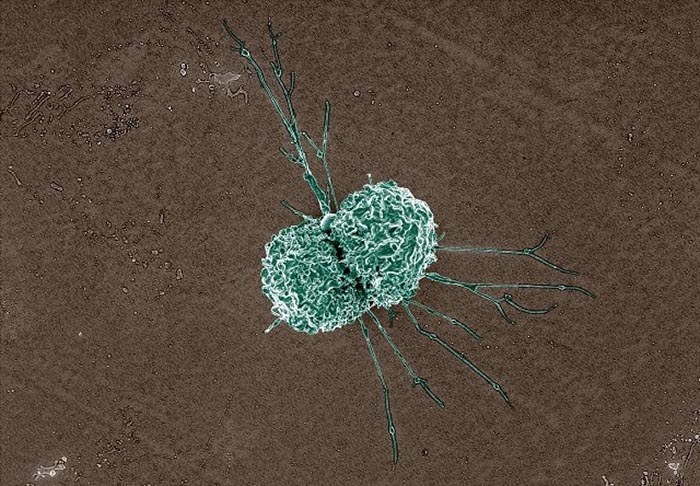Researchers target a mouse’s own cells, rather than using antibiotics, to treat pneumonia
NIH scientists say the approach may be a novel way to treat pneumonia in humans
Researchers at the National Institutes of Health have discovered a therapy that targets host cells rather than bacterial cells in treating bacterial pneumonia in rodents. The method involves white blood cells of the immune system called macrophages that eat bacteria, and a group of compounds that are naturally produced in mice and humans called epoxyeicosatrienoic acids or EETs. The research was published in the Journal of Clinical Investigation.
According to the World Health Organization, pneumonia caused by Streptococcus pneumoniae, or pneumococcal pneumonia, is the leading cause of pneumonia deaths worldwide each year. While physicians usually prescribe antibiotics to treat this severe lung infection, treatment is not always successful, and in some cases, the bacteria become resistant.
Matthew Edin, Ph.D., a scientist at the National Institute of Environmental Health Sciences (NIEHS), part of NIH, wanted to find a way to augment the body’s immune system to resolve the infection.
To keep tissues healthy, EETs work to limit inflammation, but during infections caused by S. pneumoniae and other microorganisms, inflammation ramps up after lung cells induce certain substances that prompt macrophages to gobble up the bacteria. Edin and colleagues found that one way to get macrophages to eat more bacteria is to decrease the ability of EETs to do what they normally do, which is limit inflammation.
This page was last updated on Friday, January 21, 2022
